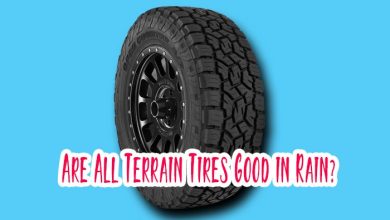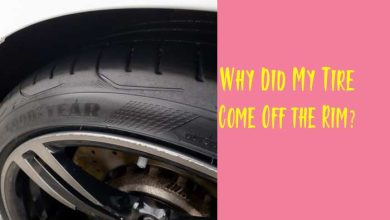Can You Put Air in a Donut Tire?
Tires are the unsung road heroes, ensuring a smooth and safe journey. As a tire enthusiast, I often encounter questions about donut tires, and one that frequently pops up is, “Can you put air in a donut tire?”
In this guide, we’ll delve into the intricacies of donut tires, exploring their purpose, when you might need them, and the proper way to maintain them.
Read Also: Can You Put a Tube in a Tubeless Tire?
What is a Donut Tire?
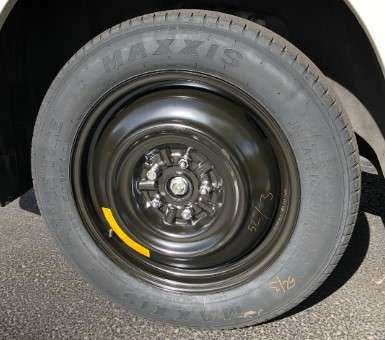
A donut, a compact spare tire, is a space-saving solution designed for temporary use. Unlike regular tires, donut tires are smaller and lighter, allowing drivers to save vehicle space.
These spare tires are not meant for extended use but are a short-term fix to get you safely to the nearest repair shop.
When and Why You Might Need a Donut Tire?
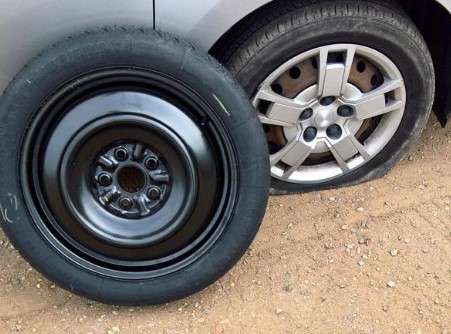
Situations Demanding a Donut Tire
- Flat Tire Emergencies: When faced with a flat tire, a donut tire can be a lifesaver, providing a quick and easy solution to keep you moving.
- Compact Storage: Donut tires are ideal for vehicles with limited storage space, allowing manufacturers to prioritize cabin or trunk space.
Also Read: Can You Drive Snow Tires All Year?
Can You Put Air in a Donut Tire?
Can You Put Air in a Donut Tire? Yes, you can put air in a donut tire, a temporary spare tire, or a space-saver tire. However, there are a few things to keep in mind:

1. Check the Pressure. Donut tires typically require higher air pressure than regular tires, usually around 50-60 psi.
The exact pressure will be listed on the sidewall of the tire. Don’t overinflate, as this can damage the tire.
2. Use a tire pressure gauge. A gauge will help you ensure you’re putting in the correct amount of air. You can find them at most gas stations or auto parts stores.
3. Use a tire inflator. You can use a compressor at a gas station, a portable inflator, or even a bike pump (but it will take more effort!).
4. Drive slowly and carefully. Donut tires are not designed for high speeds or long distances. They should only be used temporarily until your regular tire is repaired or replaced.
Recommended Tire Pressure for Donut Tires
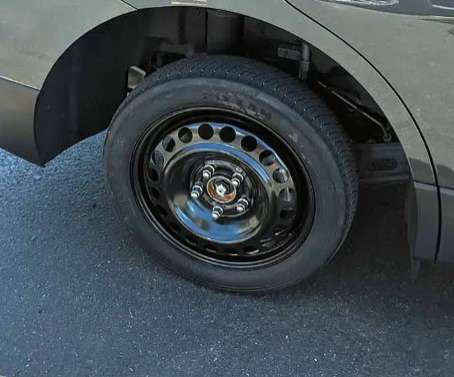
The recommended tire pressure for donut tires, also known as temporary spare or space-saver tires, typically ranges from 50 to 60 pounds per square inch (psi).
However, the exact pressure can vary depending on the specific tire brand and model. Read my recent post- Continental Tires VS Yokohama Tires.
Step-by-Step Guide to Inflating Donut Tires
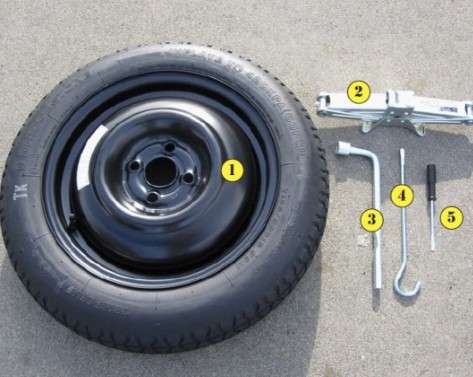
Inflating a donut tire is a straightforward process that any driver can tackle. Here’s a quick step-by-step guide:
- Locate Your Spare Tire: Familiarize yourself with the location of your donut tire in your vehicle.
- Check Tire Condition: Before inflating, ensure the spare tire is in good condition, free from visible damage or punctures.
- Use a Tire Gauge: Attach a tire gauge to the valve stem and check the current pressure.
- Inflate Gradually: If the pressure is below the recommended level, use an air compressor to inflate the tire gradually.
- Recheck Pressure: Recheck the tire pressure after inflating to ensure it meets the recommended level.
Common Mistakes to Avoid When Inflating Donut Tires
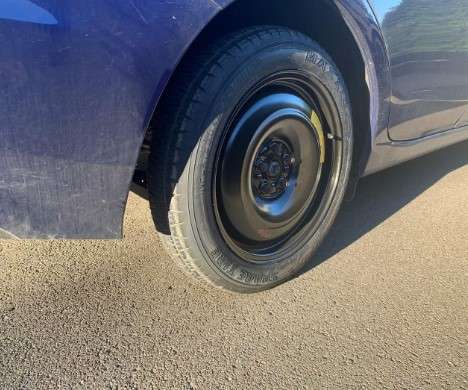
Mistakes to Steer Clear Of
- Overinflation: Excessive Pressure can lead to a bumpy ride and increased blowout risk.
- Neglecting Regular Checks: Donut tires, like any other, require periodic checks for wear and tear.
- Using a Damaged Spare: If your spare tire is damaged, it won’t serve its purpose in an emergency.
How Long Can You Drive on a Donut Tire?
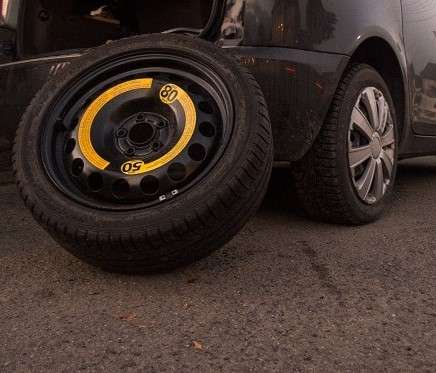
The longevity of a donut tire largely depends on the distance and speed. Generally, driving on a donut tire for no more than 70 miles at speeds below 50 mph is advisable.
However, this is a temporary solution; you should immediately head to a repair shop.
Conclusion
In the realm of tires, donut tires play a crucial role in ensuring you’re not stranded on the side of the road with a flat. By understanding when and how to use them, you empower yourself for a smoother journey.
I encourage readers to share their experiences with donut tires and any innovative tire-related projects they’ve embarked on. Let’s keep the conversation rolling!
Reference Link
For more detailed information on tire maintenance and safety, check out TireSafety.com.
Glossary
- Donut Tire: A compact spare tire for temporary use in a flat tire emergency.
- Tire Gauge: A tool used to measure the air pressure in a tire, ensuring it meets the manufacturer’s recommendations.
- Blowout: A sudden and explosive loss of tire pressure, often resulting in a flat tire.
